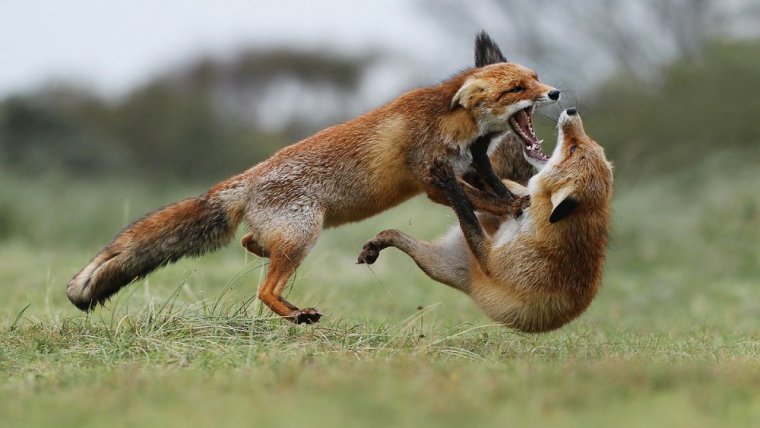
I am a wildlife photographer for 5 years now and can say that taking action shots of wild animals is really challenging but with those 5 tips, you might have a higher chance to capture amazing, dynamic and action loaded wildlife shots.
1) Use a Fast Shutter Speed
Using a fast shutter speed is just a necessity if you want to take an action shot of a wild animal and the faster the animal moves the faster the shutter speed has to be. For this jumping red squirrel below I used a shutter speed of 1/8000s to freeze the moment and action. Taking pictures of moving animals with a slow shutter speed will result in blurred and unsharp images.
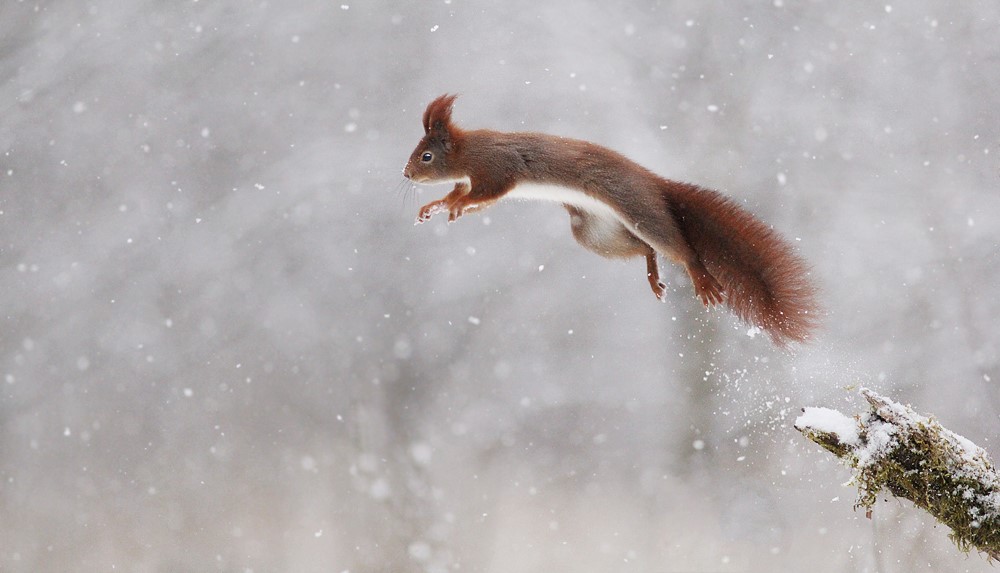
Camera Body: Canon 60D, Lens: Sigma 300, Shutter: 1/8000, Aperture: f 2.8, Focal Length: 300 mm, ISO Speed: 3200
2) Use High ISO Values if necessary
Don’t be afraid to use high ISO values, often the light situation is not ideal and therefore a fast shutter speed can’t be set. So, in order to be able to set a fast shutter-speed just increase the ISO value. Don’t worry about the noise or grain in your images, as it can be removed easily in Photoshop within few steps. With a higher ISO value you will be able to increase your shutter speed and therefore you won’t miss the chance to take a super cool action shot.
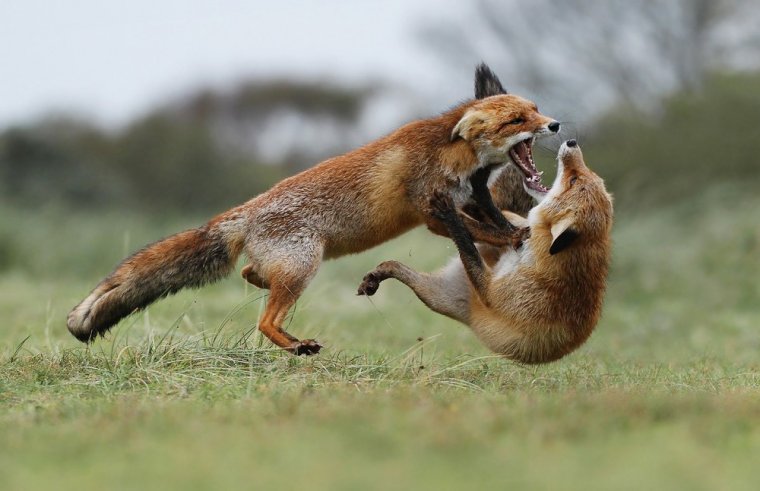
Camera Body: Canon 7D, Lens: Sigma 120-300, Shutter: 1/5000, Aperture: f 2.8, Focal Length: 300 mm, ISO Speed: 1000
3) Be Patient
It can be quite time-consuming to get the ultimate action shot of a wild animal and also a bit frustrating if you wait for hours until action happens. I can remember waiting for this red squirrel below to jump over the water, I almost waited for a whole week, 5 hours a day, until it appeared and jumped over the water. My advice is to keep on waiting until you have the shot that you initially wanted. You will see hard work pays off in the end.
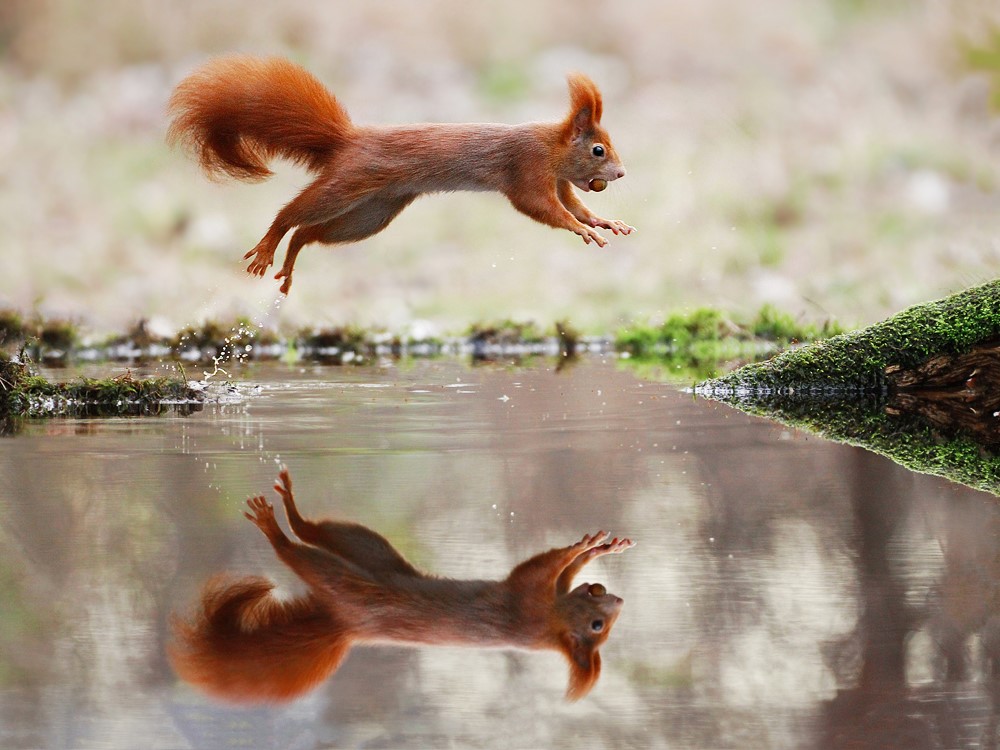
Camera Body: Canon 7D, Lens: Sigma 120-300, Shutter: 1/4000, Aperture: f 2.8, Focal Length: 300 mm, ISO Speed: 1600
4) Use Continuous Shooting Speed
The continuous shooting mode let you shoot a lot of images while you just press down the trigger of your camera. I absolutely would recommend to turn the continuous shooting mode on when you want to take action shots, so you won’t miss a moment.
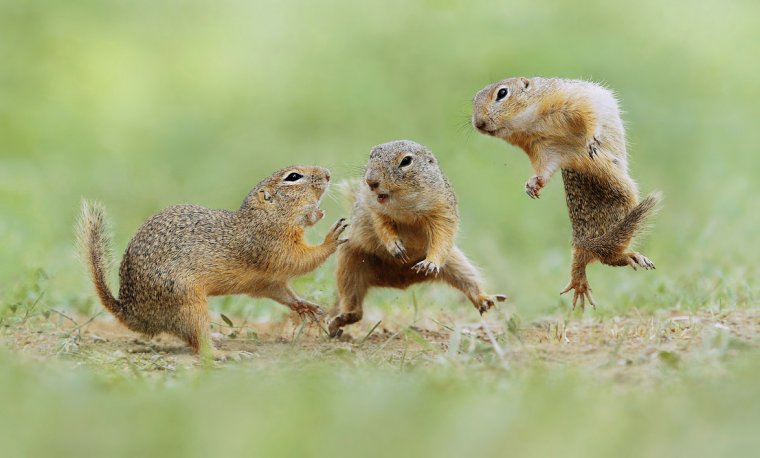 Camera Body: Canon 7D, Lens: Sigma 120-300, Shutter: 1/2000, Aperture: f 2.8, Focal Length: 300 mm, ISO Speed: 1000
Camera Body: Canon 7D, Lens: Sigma 120-300, Shutter: 1/2000, Aperture: f 2.8, Focal Length: 300 mm, ISO Speed: 1000
5) Use a fast Camera with a high frame rate
The more frames per second your camera can provide, the more sequences you will have, the better your chances of capturing interesting behavior. Some modern cameras can provide up to 12 frames per second. Canon’s 1D X Mark II flagship DSLR can shoot at a staggering 16 frames per second when working in live view, and 14 fps when working with the viewfinder. The 1DX Mark II is also able to record up to 170 RAW files in a single burst when using a fast memory card.
I hope you enjoyed this article, thanks for reading and see you next time!
Comments (0)
There are no comments yet.